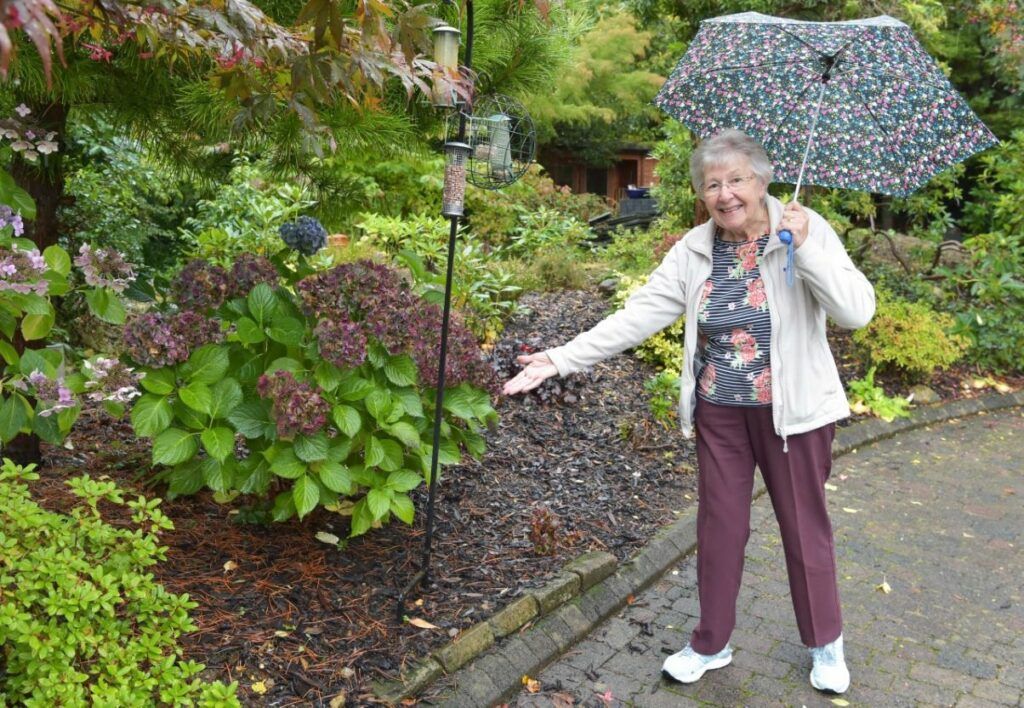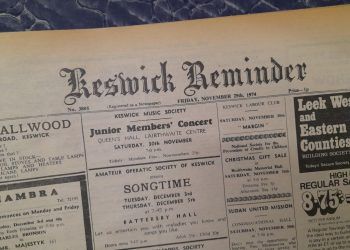
A retired university lecturer is convinced that she has seen a pine marten in the garden of her Keswick home.
Pat Lillington, 78, was watching the wildlife visit her bird feeders from the conservatory of her home in Chestnut Hill when she saw the elusive creature with a young pine marten.
“It had a beautiful teddy bear face, a most beautiful gold front and chocolatey brown hair and short legs,” said Mrs Lillington, formerly of Penruddock, who has lived in Keswick for 20 years. “It was such a joy to see. I was feeling poorly at the time and it cheered me up so much. It was so beautiful.”
She said that the pine marten crossed her garden with her kit and went into the compost heap. Mrs Lillington moved some of the foliage in a bid to take a picture on her mobile phone but the creature spotted her and picked up the kit in her mouth and ran off towards a neighbour’s garden.
Mrs Lillington Googled pine marten and says the images she has seen online of a pine marten perfectly resemble the animal that she saw. “I was just so excited I wanted to tell people,” said Mrs Lilligton. “But I did not know who to report it to. It did not say online.”
Mrs Lillington’s sighting coincided with the first confirmed sighting of a pine marten in south Cumbria for over a decade. It was recorded on a remote camera in Grizedale Forest.
The species, an elusive member of the weasel family, is now largely found in Scottish woodland habitats, but evidence from local place names and hunting records suggests they were common in Cumbria until the late 19th century before declining as habitats decreased and they were hunted as vermin.
Monitoring of pine martens in south Cumbria is well-established, with surveys carried out as part of a partnership project co-ordinated by the University of Cumbria – Back on our Map (BOOM), supported by The National Lottery Heritage Fund.
Over the past three years the BOOM team has completed a feasibility study alongside Forestry England, Graythwaite Estate, Cumbria Wildlife Trust and other partners to consider the best approach to restore a healthy, breeding population of pine martens to the south of the county.
Surveys are ongoing, with initial positive results highlighting extensive suitable woodland habitats to meet the needs of a growing pine marten population.
Tom Dearnley, ecologist with Forestry England said “Seeing pine marten return to south Cumbria is a landmark event in nature recovery which we are all delighted to witness.
“The prediction was that a small number of these inspiring mammals could reach south Cumbria independently, confirmation means we have solid foundations to build on and wonderful images to help engage this project with a wider community of people.”








